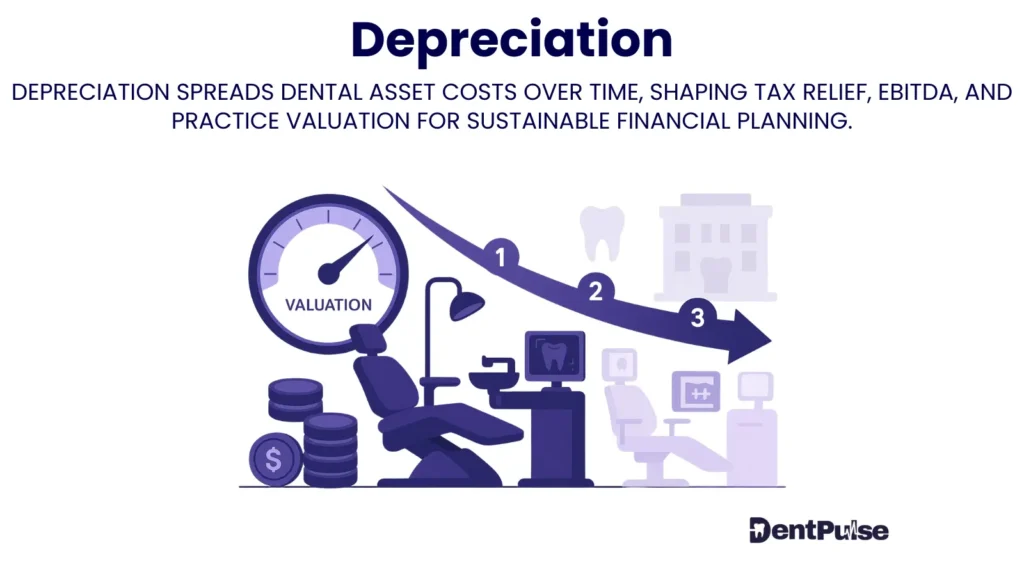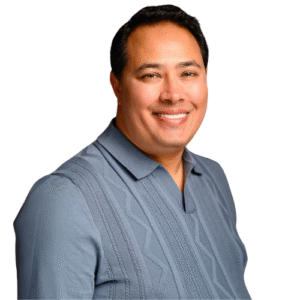What Is Depreciation in Dentistry?
Depreciation is the accounting method of spreading the cost of a long-term asset (like dental chairs or X-ray machines) over its useful life, rather than expensing it all at once.
In a dental practice, depreciation reflects the wear and tear of equipment and is recorded on the Profit and Loss Statement as a non-cash expense.
Why Does Depreciation Matter for Dental Practice Owners?
- Accounting Accuracy: Shows the true cost of using equipment over time.
- Tax Planning: HMRC doesn’t allow depreciation for tax relief — instead, dentists must use capital allowances (like Annual Investment Allowance or Writing Down Allowances).
- Valuation Impact: High depreciation can lower reported profit, but doesn’t reduce cash flow. Buyers often adjust for this when valuing a practice.
Example:
- New CBCT scanner cost = £30,000
- Useful life = 5 years
- Depreciation = £6,000 per year (straight-line method)
→ Profit reduced by £6,000 annually, but no cash leaves the business.
Common Methods of Depreciation in Dentistry
| Method | Description | Example |
| Straight-Line | Equal cost spread over useful life | £30k CBCT ÷ 5 years = £6k/year |
| Reducing Balance | Higher depreciation in early years | 25% of net book value each year |
| Units of Use | Based on usage levels | Handpiece depreciated per cycles |
How Does Depreciation Differ from Capital Allowances?
- Depreciation – Appears in accounts, reduces reported profit.
- Capital Allowances – HMRC-approved tax relief (e.g. AIA, WDA, Full Expensing).
In DentPulse, depreciation is tracked for profit reporting, while capital allowances are tracked for tax savings.
How Does DentPulse Handle Depreciation?
| Feature | Function |
| Asset Register | Tracks cost, date, and useful life of equipment |
| Profit & P&L Accuracy | Allocates depreciation correctly across years |
| Capital Allowances Module | Separates tax relief from book depreciation |
| Valuation Dashboard | Adjusts EBITDA to exclude non-cash depreciation |
| Profit-to-Pocket™ Overlay | Shows impact on reported vs real profit |
DentPulse ensures depreciation is understood in both accounting and owner decision contexts.
DentPulse Tip™
“Depreciation lowers reported profit, but not your bank balance.
Don’t confuse accounting numbers with cash flow reality.”
Related Glossary Terms
- Capital Allowances – actual tax reliefs replacing depreciation
- Annual Investment Allowance (AIA) – 100% upfront tax relief
- Writing Down Allowances (WDA) – gradual capital tax relief
- Full Expensing – current 100% tax relief scheme
- EBITDA – excludes depreciation in profit analysis
Glossary Summary Table
| Term | Meaning |
| Depreciation | Accounting method to spread asset cost over useful life |
| Purpose | Reflects asset usage, not cash flow |
| DentPulse Advantage | Tracks depreciation for accounts, separates capital allowances for tax |




